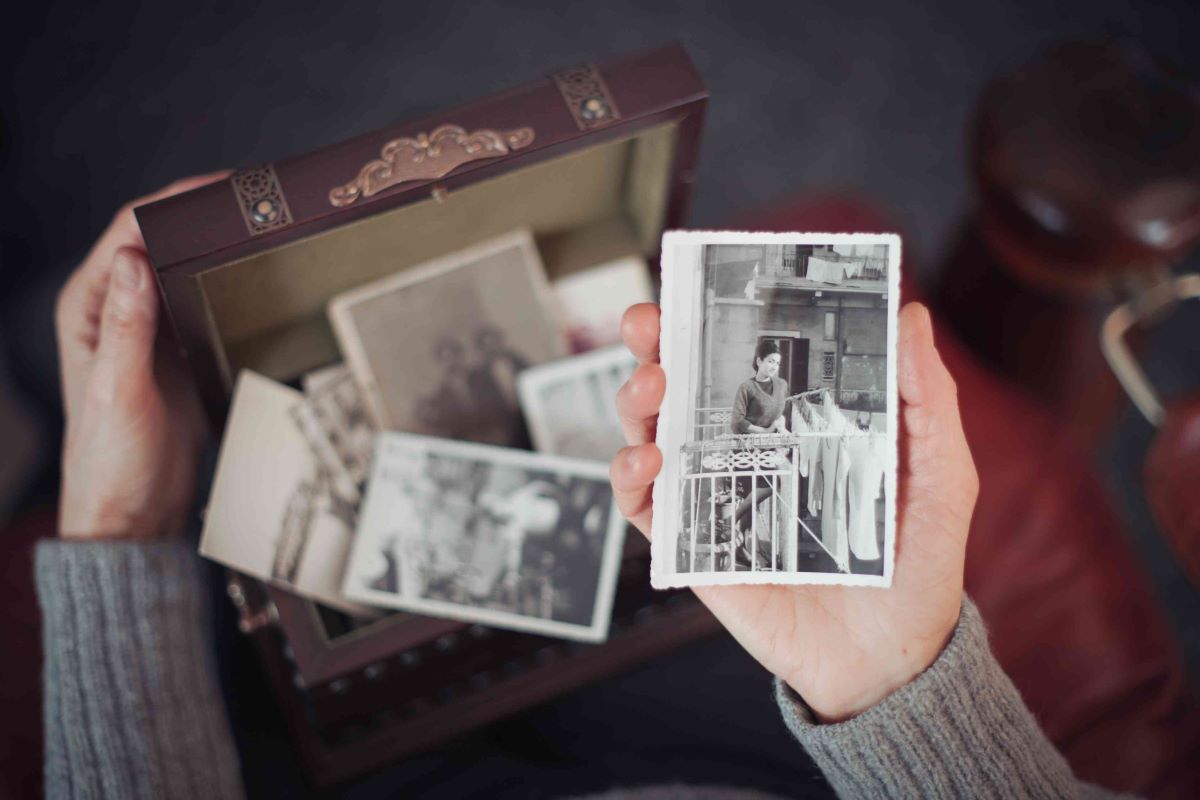

Articles
How To Store Memories
Modified: December 7, 2023
Learn how to store memories with our informative articles. Find tips and tricks for preserving your most cherished moments in this comprehensive guide.
(Many of the links in this article redirect to a specific reviewed product. Your purchase of these products through affiliate links helps to generate commission for Storables.com, at no extra cost. Learn more)
Introduction
Memories are precious moments that shape our lives and define who we are. They are the glimpses of our past, the emotions we felt, and the experiences that have made us who we are today. From cherished childhood memories to significant milestones and unforgettable moments, our memories are a source of joy and reflection.
In today’s fast-paced world, where everything seems to be moving at the speed of light, it is essential to find ways to preserve and store our memories. With the advent of technology and the rise of digital media, storing memories has become easier and more accessible than ever before.
In this article, we will explore the different types of memories, the importance of storing them, and various methods to effectively store and preserve your precious memories.
Key Takeaways:
- Cherish your memories by creating a personalized memory bank, organizing physical and digital mementos, and backing them up regularly. Preserve your stories for future generations to cherish and share.
- Memories are more than fragments of the past; they are the threads that connect us to our personal narratives. By preserving and storing our memories, we honor our experiences and pass down our wisdom to future generations.
Read more: How To Store A Memory Foam Topper
Understanding Memories
Memories are the way our brains encode, store, and retrieve information from past experiences. They are the mental snapshots of events, emotions, and details that have left an impression on us. Understanding how memories work can help us appreciate the importance of storing them for future reminiscing.
Memories are formed through a complex process involving the encoding, storage, and retrieval of information. When we experience something, our brains encode the information through various sensory inputs such as sight, sound, smell, taste, and touch. These inputs are processed and integrated into connections between neurons, forming a memory trace.
There are two main types of memories: short-term memory and long-term memory. Short-term memory refers to the temporary retention of information, while long-term memory involves the storage of memories over a more extended period.
Memories can also be categorized into different types based on their content and significance. Some memories are episodic, representing specific events or experiences, while others are semantic, involving general knowledge and facts. Emotional memories are those associated with strong emotions, while procedural memories involve learned skills and behaviors.
Our memories can be subjective and prone to alteration over time. They can be influenced by our emotions, perceptions, and biases. Nevertheless, memories play a crucial role in our personal narratives, shaping our identities and providing a sense of continuity and meaning in our lives.
Importance of Storing Memories
Memories hold significant value in our lives, and storing them is essential for several reasons:
- Preserving Personal History: Memories are a record of our personal history. They capture moments of joy, love, growth, and resilience. By storing memories, we can preserve our life stories and pass them down to future generations, ensuring that our experiences and wisdom are not forgotten.
- Emotional Connection: Memories are closely tied to our emotions. They allow us to relive special moments, bringing back the feelings of happiness, love, and nostalgia. Storing memories gives us the opportunity to revisit those emotions and strengthen our emotional connection to the past.
- Triggering Reflection and Growth: Memories provide valuable opportunities for self-reflection and personal growth. When we revisit our past experiences, we can gain insights, learn from our mistakes, and appreciate how far we have come. Storing memories allows us to engage in this reflective process whenever we need it.
- Preserving Relationships: Memories often involve our loved ones and shared experiences. By storing memories, whether they are photos, videos, or written accounts, we can cherish and honor our relationships with family, friends, and significant others. We can relive the bond and connection we shared, even when physical distance or time may separate us.
- Building a Sense of Identity: Memories help shape our identities. They remind us of our values, beliefs, and the experiences that have influenced and shaped us. Storing memories allows us to solidify our sense of self and reinforce our personal narrative.
In a world where we are bombarded with information and distractions, taking the time to store and preserve our memories gives us a chance to slow down, reflect, and appreciate the moments that matter most to us.
Types of Memories
Memories come in various forms and can be categorized based on their content and the cognitive processes involved. Here are some common types of memories:
- Episodic Memories: These memories are associated with specific events or experiences in our lives. They typically include details such as time, place, emotions, and the people involved. Episodic memories allow us to relive past moments and play a crucial role in autobiographical recollection.
- Semantic Memories: Semantic memories involve general knowledge and facts about the world. These memories are not tied to specific personal experiences but are instead based on learned information. Examples of semantic memories include knowing the capitals of countries or understanding mathematical concepts.
- Procedural Memories: Procedural memories involve the memory of learned skills and behaviors. These memories are often automatic and do not require conscious effort. Examples of procedural memories include riding a bicycle, typing on a keyboard, or playing a musical instrument.
- Emotional Memories: Emotional memories are closely tied to our emotions and usually involve significant emotional events. They can be positive or negative experiences and have a profound impact on our emotional well-being. Emotional memories can be powerful triggers of intense feelings when recalled.
- Flashbulb Memories: Flashbulb memories are vivid and highly detailed memories of significant and emotionally charged events. These events are often unexpected or traumatic and leave a lasting impression. Examples of flashbulb memories include remembering where you were and what you were doing during a major historical event.
- Spatial Memories: Spatial memories involve our ability to remember and navigate through physical places and environments. They are responsible for our sense of direction and orientation. Spatial memories play a crucial role in our everyday navigation and are especially important for individuals with professions such as taxi drivers or delivery persons.
These are just a few examples of the types of memories we may encounter. Each type serves a unique purpose in our cognitive processes and contributes to our overall memory repertoire.
Creating a Memory Bank
A memory bank is a systematic approach to capturing and storing your memories. By creating a memory bank, you can ensure that your precious moments are preserved and easily accessible for future enjoyment and reflection. Here are some steps to help you create your own memory bank:
- Start Collecting: Begin by gathering your existing physical and digital memories. This can include old photographs, ticket stubs, handwritten notes, videos, or any other items that hold sentimental value. Sort through them and organize them into categories based on dates, events, or themes.
- Digitalize: To protect your physical memories from loss or damage, consider digitizing them. Scan your old photos and documents, convert physical recordings into digital formats, and create digital backups. This will not only make it easier to organize and store them but also ensure their preservation for the long term.
- Establish a System: Create a structure for your memory bank to keep things organized. You can use categories or folders based on years, events, or people. Additionally, consider labeling and tagging your digital memories with relevant keywords to make them easily searchable in the future.
- Choose a Storage Method: Decide on the best storage method for your memories. This can include cloud storage services, external hard drives, or even physical albums or boxes. Choose a storage solution that is secure, easily accessible, and suits your preferences.
- Document and Journal: In addition to physical and digital mementos, consider incorporating written accounts or journal entries to accompany your memories. Write down your thoughts, emotions, and details of the events, as they can provide valuable context and enhance the meaning of your memories.
- Add New Memories Regularly: Make it a habit to regularly add new memories to your bank. Whether it’s through photographs, videos, or written accounts, document and store new experiences to ensure that your memory bank stays up to date.
Remember, creating a memory bank is a personal endeavor, and you can tailor it to your own preferences and needs. The key is to establish a consistent and organized approach that allows you to capture, store, and revisit your cherished memories with ease.
To store memories effectively, try using a combination of visual, auditory, and kinesthetic cues. This can include taking photos, recording sounds, and writing in a journal to help reinforce the memory.
Read more: How To Store Memory Foam Topper
Organizing Physical Memories
Physical memories such as photographs, albums, letters, and keepsakes hold a special place in our hearts. To ensure these tangible mementos are well-organized and preserved, consider the following tips:
- Categorize by Themes or Events: Group your physical memories by themes or events to organize them more effectively. For example, create separate albums or folders for family vacations, birthdays, weddings, or holidays. This will make it easier to locate specific memories in the future.
- Label and Date: Label each physical memory with relevant information, including dates, names, and locations, if applicable. This will provide context and make it easier to identify and recall specific memories later on.
- Use Storage Containers: Invest in acid-free archival storage containers, albums, or acid-free photo sleeves to protect your physical memories from deterioration. These containers are designed to safeguard against moisture, light, and other damaging elements, ensuring your memories remain in good condition over time.
- Create a Memory Wall or Display: Consider dedicating a wall or area in your home to display some of your favorite physical memories. This can be a collection of framed photographs, artwork, or other memorabilia that holds sentimental value. Not only will it serve as a beautiful and meaningful decoration, but it will also allow you to regularly enjoy and reminisce about those special moments.
- Backup and Duplicate: Physical memories are vulnerable to loss or damage. To protect them, consider making copies or scans of important photographs or documents. This way, even if the original is lost or damaged, you will have a backup to rely on.
- Create a Catalog or Index: For larger collections, consider creating a catalog or index to keep track of your physical memories. This can be a spreadsheet or a dedicated notebook that lists the contents of each album or storage container. This will help you quickly locate specific memories without rummaging through everything.
By organizing your physical memories in a thoughtful and systematic manner, you can easily access and enjoy the moments that hold a special place in your heart. It also ensures that these cherished memories are preserved for years to come.
Storing Digital Memories
In today’s digital age, many of our memories exist in digital formats, such as photographs, videos, and digital documents. To effectively store and preserve these digital memories, consider the following tips:
- Organize into Folders and Subfolders: Create a logical folder structure on your computer or external hard drive to organize your digital memories. Use meaningful names for folders and create subfolders based on dates, events, or themes. This will help you locate specific memories quickly and easily.
- Utilize Cloud Storage: Consider using cloud storage services, such as Google Drive, Dropbox, or iCloud, to store your digital memories. Cloud storage provides secure and remote access to your files from any device with an internet connection. It also serves as a reliable backup in case of computer failure or loss.
- Tag and Label: Take advantage of metadata and tagging features available in photo and document management software. Add relevant keywords, dates, and descriptions to your digital files. This will make it easier to search and retrieve specific memories later on.
- Regularly Backup Your Files: Backing up your digital memories is crucial to safeguarding them against data loss. Make it a habit to regularly back up your files to an external hard drive, another computer, or a cloud storage service. This redundancy ensures that even if one method fails, your memories are still protected.
- Consider Online Photo Galleries: Online photo gallery platforms like Flickr, 500px, or SmugMug offer a way to showcase and store your digital photographs. These platforms often include features such as tagging, album creation, and sharing options, allowing you to organize and access your memories easily while also sharing them with others.
- Invest in External Hard Drives: External hard drives offer an additional layer of storage for your digital memories. Look for high-capacity and reliable drives to ensure long-term preservation. Keep your hard drives in a safe and secure location to protect them from physical damage or theft.
By implementing these strategies for storing your digital memories, you can ensure their longevity, accessibility, and protection. Remember to regularly review and update your storage methods as technology advancements may offer even more secure and efficient options in the future.
Backing up Memories
Backing up your memories is crucial for their long-term preservation and protection against unexpected data loss. Whether your memories are physical or digital, having reliable backups ensures that they can be retrieved and cherished for years to come. Here are some essential tips for backing up your memories:
- Create Multiple Copies: It is recommended to create multiple copies of your memories to ensure redundancy. For physical memories, make duplicates or scans of important photographs and documents. For digital memories, store them in different locations such as external hard drives, cloud storage, or separate devices.
- Automatic Backup Software: Utilize automatic backup software that can regularly and automatically back up your digital memories. Many operating systems and third-party applications offer built-in backup options that can be scheduled to run at specific intervals.
- Cloud Storage: Take advantage of cloud storage services to back up your digital memories. These services offer remote and secure storage, protecting your memories against physical damage or loss of devices. Ensure that you choose a reputable and reliable cloud storage provider.
- External Hard Drives: Invest in external hard drives with ample storage capacity to serve as backups for your digital memories. Regularly update and maintain these drives to prevent data corruption or failure. Store them in a safe and secure location to protect them from physical damage or theft.
- Offsite Storage: Consider keeping a backup of your physical memories in an offsite location, such as a safe deposit box or with a trusted family member or friend. This protects them from unforeseen events such as fires, floods, or burglaries.
- Test and Verify: Periodically test and verify your backups to ensure they are working correctly. Check that the files can be accessed and that they remain uncorrupted. This step is essential to guarantee that your memories are safely stored and can be recovered if needed.
- Update and Regular Maintenance: Keep your backups up to date by regularly adding new memories and removing duplicates or irrelevant files. This ensures that your backups reflect the current state of your memories and minimizes the risk of data loss.
Remember, backing up your memories is not a one-time task but an ongoing process. Make it a habit to regularly update and maintain your backups to safeguard your cherished memories for generations to come.
Preserving Memories for the Future
Preserving memories is not just about storing them but also ensuring their longevity for future generations to cherish. Here are some ways to enhance the preservation of your memories:
- Choose High-Quality Storage Options: Opt for storage materials and formats that are durable and have a long lifespan. Acid-free archival paper, ink, and storage containers help preserve physical memories, while using high-resolution file formats for digital memories ensures their quality.
- Handle Memories with Care: Treat your physical memories with gentleness and care to prevent damage. Avoid exposing photographs and documents to direct sunlight, excessive moisture, or extreme temperatures. Use gloves or clean hands when handling delicate items.
- Digitize and Back Up: Consider digitizing your physical memories to create digital backups. This provides an additional layer of protection against physical deterioration. Store these digital copies on multiple devices and cloud storage to safeguard against data loss.
- Share and Document: Share the stories and context behind your memories with your loved ones. Not only does this help preserve the memories, but it also ensures that future generations understand their significance and can pass on the stories to future descendants.
- Consider Legacy Projects: Engage in legacy projects that showcase and preserve your memories in a creative and lasting way. This could include creating a family photo album, writing a memoir, or compiling a digital slideshow or video montage of significant moments.
- Regularly Review and Refresh: Periodically review your memories to ensure that they are still meaningful and reflect your evolving preferences. Remove duplicates, declutter unnecessary items, and update your storage and backup methods as technology advances.
- Communicate your wishes: Clearly communicate your wishes regarding the preservation and inheritance of your memories to your loved ones. Make sure they understand the importance of preserving these memories and have a plan in place for their future care.
- Engage in Preservation Techniques: Explore preservation techniques specific to the type of memories you have. For physical memories, consider techniques such as encapsulation or conservation framing. For digital memories, stay updated on best practices for file formats, metadata, and storage technologies.
By taking proactive steps to preserve your memories, you can ensure that they remain intact and accessible for future generations. Remember, the stories and experiences captured in your memories are valuable heirlooms that deserve to be cherished and shared for years to come.
Read more: How To Store A Memory Foam Mattress
Conclusion
Memories are the threads that connect us to our past, shaping our present and influencing our future. Preserving and storing our memories is a way to honor and cherish the moments that have shaped us. Whether they are physical or digital, memories hold immense value and deserve to be safeguarded for future generations.
In this article, we have explored the different types of memories and highlighted the importance of preserving them. We discussed creating a memory bank, organizing physical memories, storing digital memories, backing up memories, and preserving memories for the future.
By implementing the strategies and tips outlined in this article, you can ensure that your memories are not only stored but also easily accessible and protected. Whether it’s organizing your physical mementos, digitizing and backing up your digital memories, or engaging in preservation techniques, every effort counts towards maintaining the integrity and longevity of your cherished moments.
Remember, memories are not just fragments of the past; they are the bridge that connects us to our personal stories and the people who have shaped our lives. They have the power to evoke emotions, inspire reflection, and strengthen our sense of self. By preserving and storing our memories, we pass down our stories, experiences, and wisdom to future generations.
So, take the time to create your memory bank, organize your physical and digital memories, back them up regularly, and explore preservation techniques that ensure their longevity. Embrace the memories that have shaped you and share them with others, for memories shared are memories cherished.
Frequently Asked Questions about How To Store Memories
Was this page helpful?
At Storables.com, we guarantee accurate and reliable information. Our content, validated by Expert Board Contributors, is crafted following stringent Editorial Policies. We're committed to providing you with well-researched, expert-backed insights for all your informational needs.



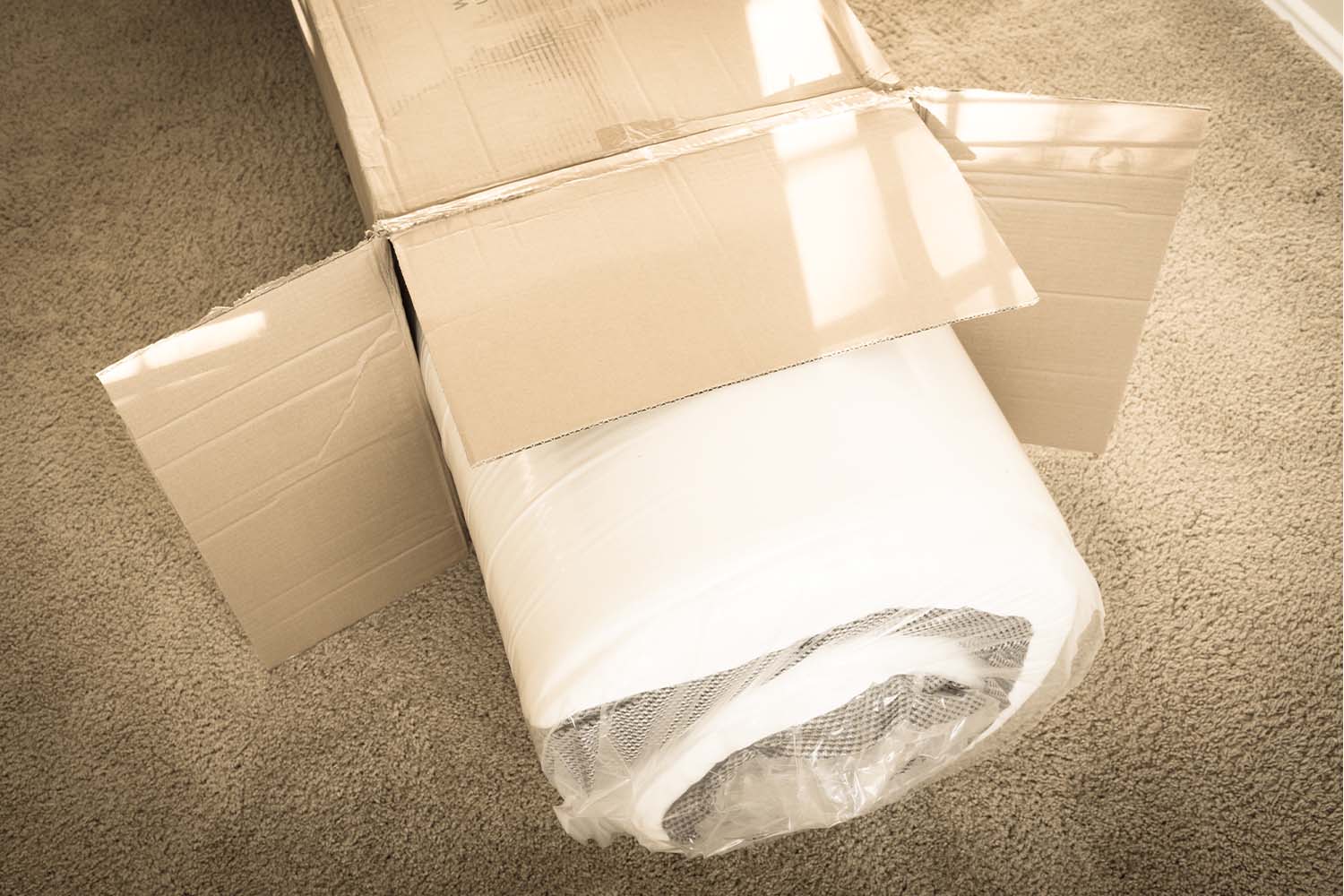

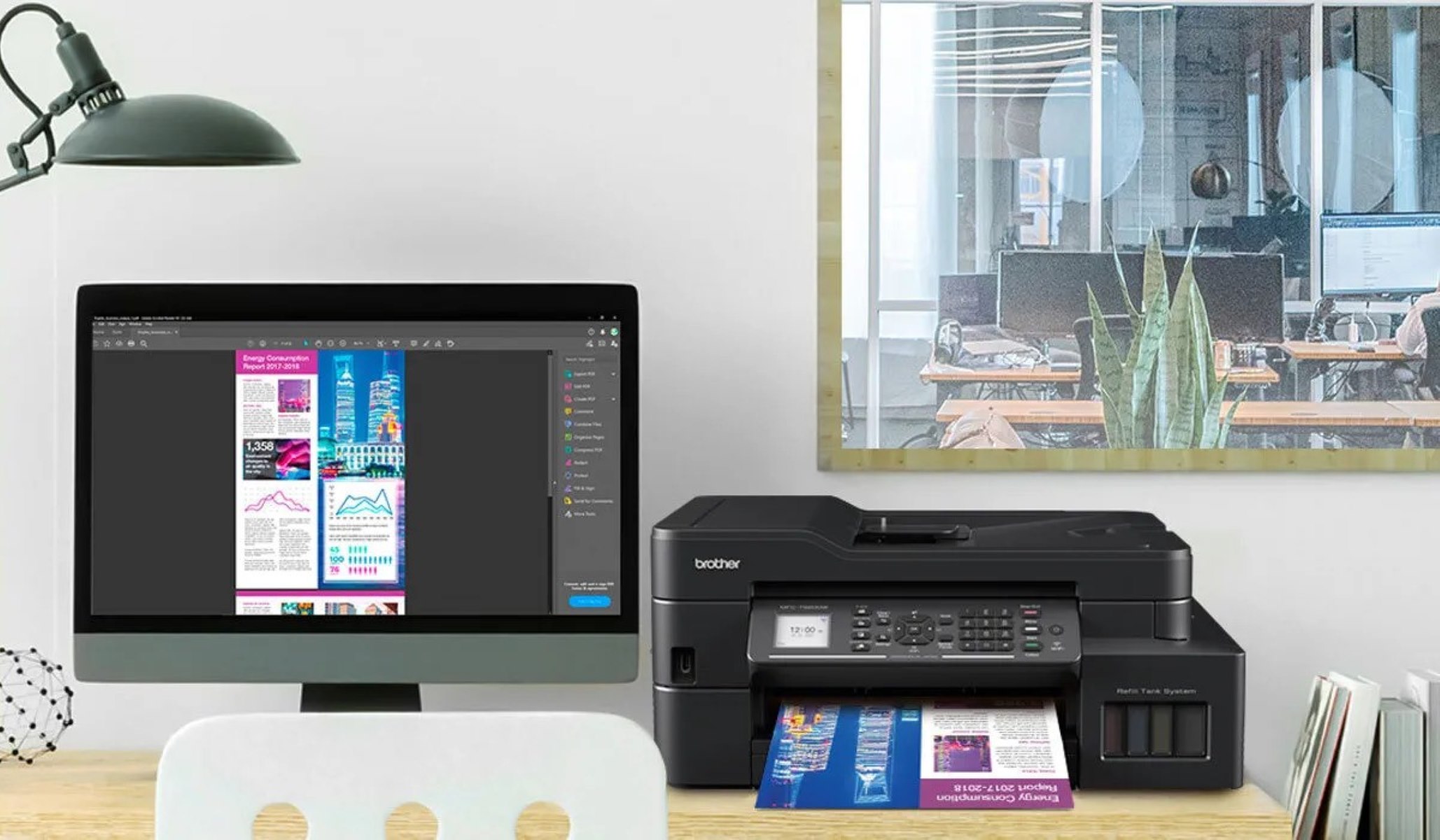

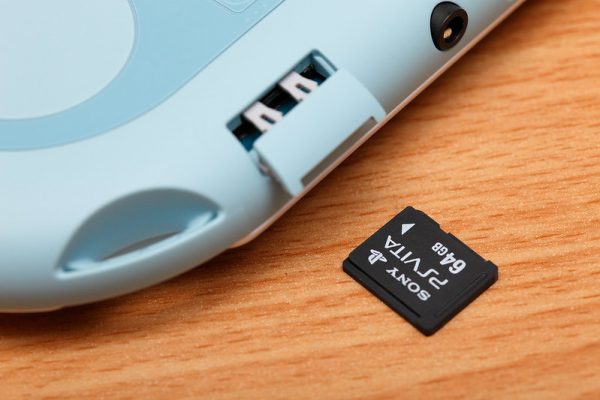




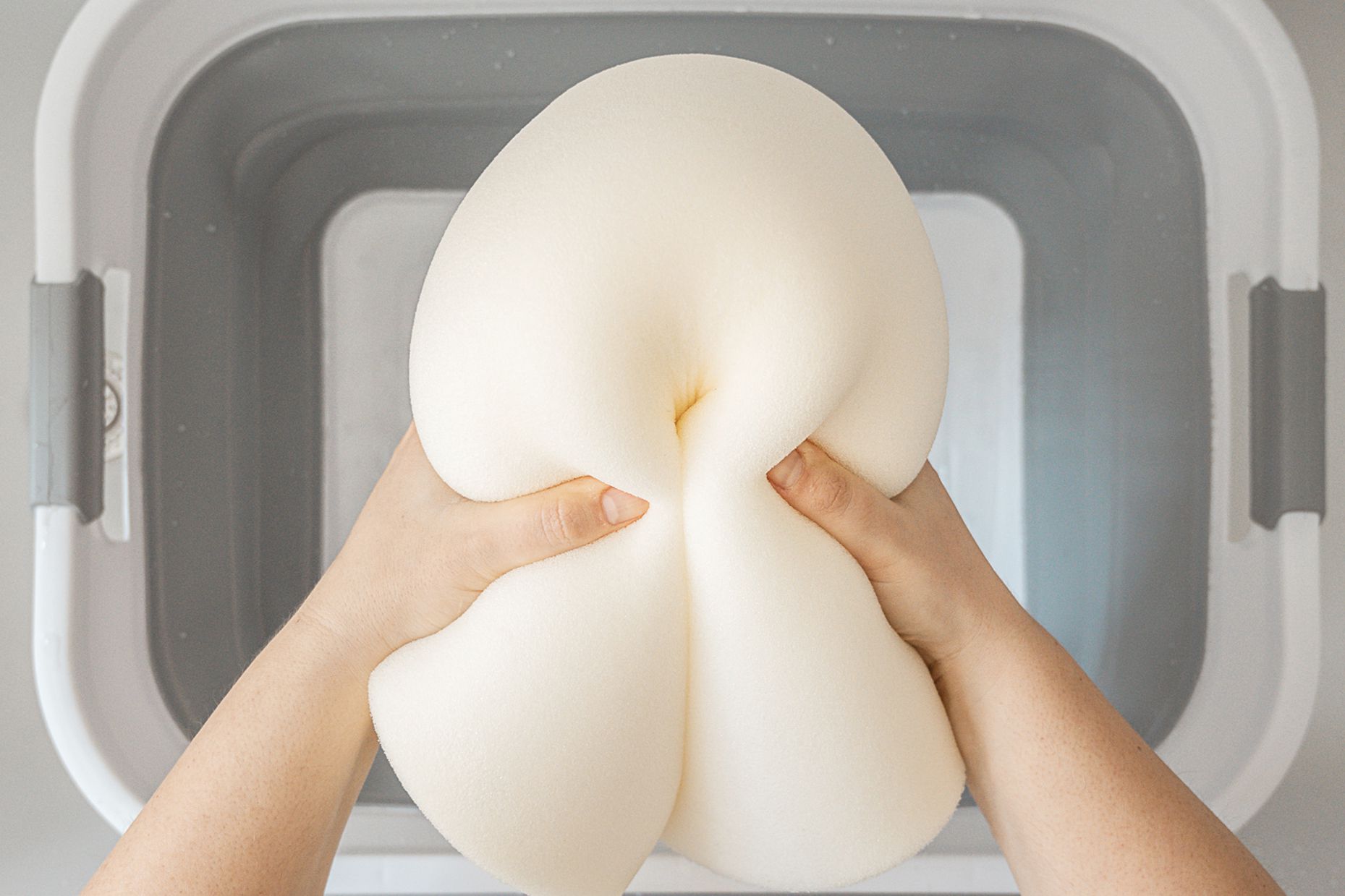

0 thoughts on “How To Store Memories”